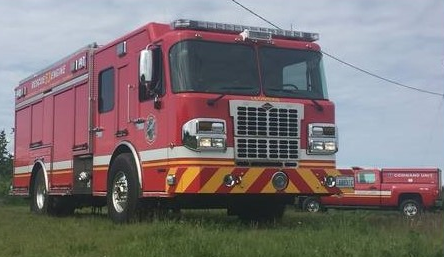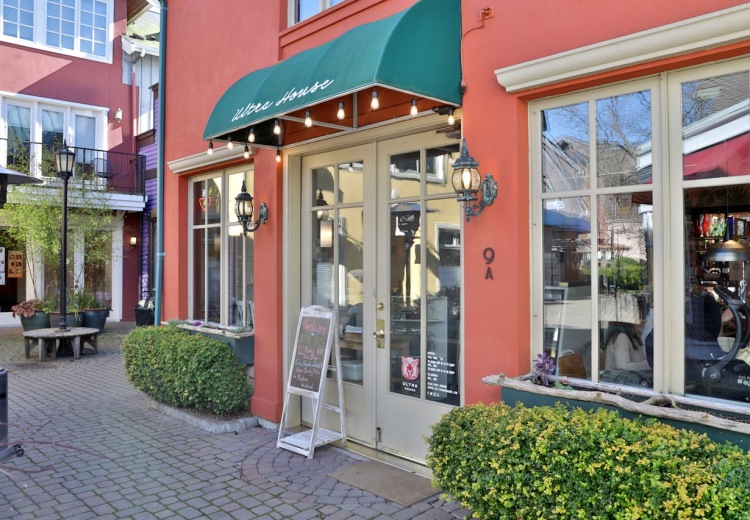
Staffing cannot keep up with higher call volumes and overlapping calls
Call volumes for Central Whidbey Island Fire & Rescue have increased 50 percent in the last 10 years. On average, the fire district responds to 1,715 calls per year, of which 60 percent are for emergency medical service (EMS). In addition, overlapping calls – more than two calls that come in at the same time – happen 28 percent of the time.
Revenue, however, is not keeping up with the demand for and costs to provide services.
“We want to be transparent with our community,” Fire Chief Jerry Helm said. “We need additional staffing to keep up with higher call volumes and overlapping calls. Right now, with our current staffing, we cannot guarantee personnel will be available to respond when a second, third or fourth call happens because there is a high probability they will already be on another call.”
Central Whidbey Fire relies on full-time, part-time, and volunteer emergency personnel. However, volunteer personnel have day jobs and are not always available to respond. This unpredictability in staffing impacts response times, which can impact patient outcomes.
Medical emergencies require multiple responders
EMS calls require on average two to eight emergency responders, depending on the medical situation. For example, calls involving patients who aren’t breathing, or multi-injury car accidents require several responders on scene to perform various lifesaving tasks. These tasks include performing CPR, stabilizing a patient, administering treatment, managing traffic or crowds, as well as family members, and transporting patients to the hospital.
“There are many moving parts that need to happen quickly during a medical emergency,” Chief Helm said. “CPR calls, for example, require at least seven responders to maintain oxygen flow to the patient, perform chest compressions, and administer medications. This is the new standard and seconds matter. A patient’s survivability rate drops 10 percent every minute that goes by without help. We need an adequate number of firefighters to improve patient outcomes.”
How Central Whidbey Fire is funded
Daily operations of most fire districts are funded by a fire levy capped at $1.50 per $1,000 of assessed property value. Capital projects, like replacing apparatus or building a fire station, can be funded by the fire levy and/or voter-approved bonds.
The maximum fire levy rate the fire district has asked voters to approve is $1.35 per $1,000 back in 2012. Over time, the levy rate falls as property values rise to limit the fire district to a one percent revenue increase per year or any voter-approved increase. The amount of money the fire district receives in fire levy funding does not increase by the same percentage as property values because of that one percent limit.
This is called “levy compression” and impacts a fire district’s ability to provide emergency services. Since 2012, the levy rate has dropped to $0.86 per $1,000, while call volumes have increased 50 percent.
Central Whidbey Fire works hard to save taxpayers money. For example, emergency personnel have deferred wage increases to keep as many firefighters as possible responding to calls. The fire district recruits volunteers to respond to calls, applies for grants, and partners with neighboring agencies to share costs. These measures, however, are not enough to fund the fire district’s daily operations anymore.
Central Whidbey Fire is considering asking voters to raise the fire levy from $0.86 to $1.18 per $1,000 sometime this year. The final decision will be made after a public process is conducted.
“We believe it is critical for our community to understand how we are funded and use tax dollars to provide quality emergency services,” Chief Helm said. “We report to you, and we look forward to having this conversation. It is important.”
More information about Central Whidbey Island Fire & Rescue can be found at www.cwfire.org. Fire Chief Jerry Helm also welcomes your questions at jhelm@cwfire.org and 360-678-3602.






